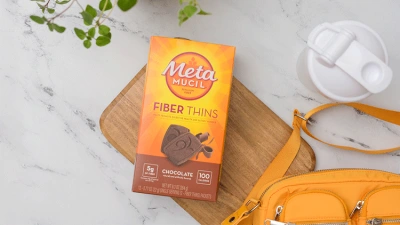Hunger is not necessarily caused by an empty stomach. Hunger can be physiological—driven by your body’s needs for more calories to balance energy levels. Hunger can also be psychological—driven by a strong desire to eat and enjoy certain foods.
But why do we feel hungry? Hunger is part of the “satiety cascade,” a series of events that begin with an appetite and end after we finish a meal.1 Satiety is the physiological state at the end of a meal when you don’t feel like eating anymore.1
